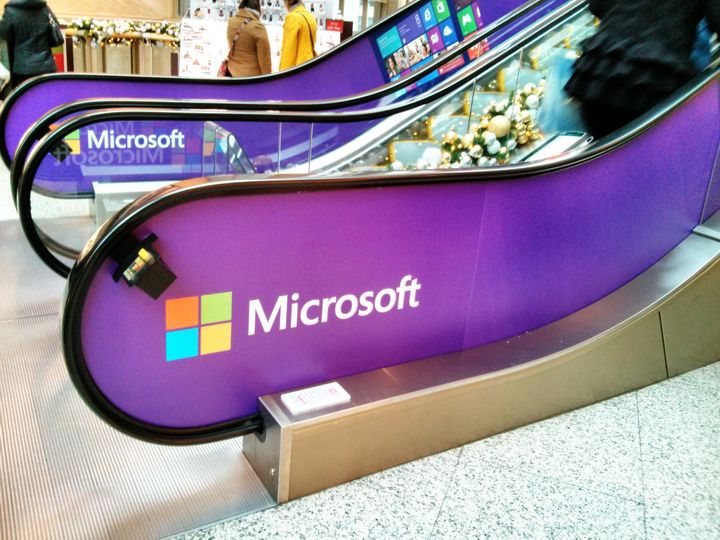
Since Apple patented the rounded rectangle shape in November, we've been waiting for the next ridiculous, already-invented-but-not-yet-patented "innovation" by Big Technology. This month it's Microsoft's turn, with a patent for “force-feedback within telepresence," which essentially describes the tech behind a virtual hug or another kind of simulated physical contact.
According to Microsoft's filing, the patent covers “friction, haptic, tactile, electric feedback, electrical stimulation, three-dimensional feedback, vibration, shaking, physical resistance, temperature change, motion, noise, pressure, texture, a motion, a replication of touching, any combination thereof, and/or any other suitable feedback communicated via a device.”
For those unused to the weird, wild world of haptic devices, "force-feedback within telepresence" describes a function wherein a user touches a device and either experiences a simulated touch or triggers another remote device to simulate that touch. The technology has been used for "teledildonics" and other long-distance lovemaking devices.
But even if you aren't in the market for a gadget aimed at helping your long-distance relationship, you've probably already seen this idea in one form or another. Back in October, we introduced you to Like-A-Hug, a jacket that inflates to simulate a hug each time one of the wearer's Facebook posts receives a "Like" from friends. There has also been a similarly named, similarly functioning Hug Shirt, made by Cute Circuit and named one of the best inventions of the year by TIME magazine in 2006.
"Force-feedback" doesn't stick to the realm of hugs, either. Video game controllers, for example, have been designed pulsate in response to in-game stimuli for a while now. Another telepresence gadget is the Project Tacit, a DIY haptic glove designed to help the blind navigate by providing sonar pulses based on the location of nearby objects. Meanwhile, several touchy-feely engineers at the University of Illinois published a paper this August on their prototype skin-molded fingertip sensors, thin sheets of silicon that could cover a digit and "virtually feel surfaces, temperatures and other characteristics," according to Popular Science.
Though much had already been done with the technology by the U.S. Patent Office gave its approval to Microsoft, it's worth noting that Microsoft first filed for this patent in 2009.
[Hat tip, Geek Wire]